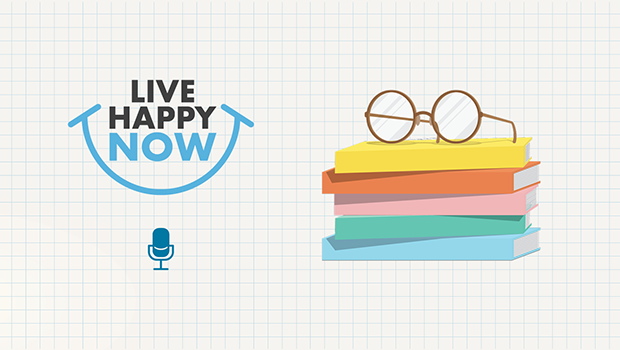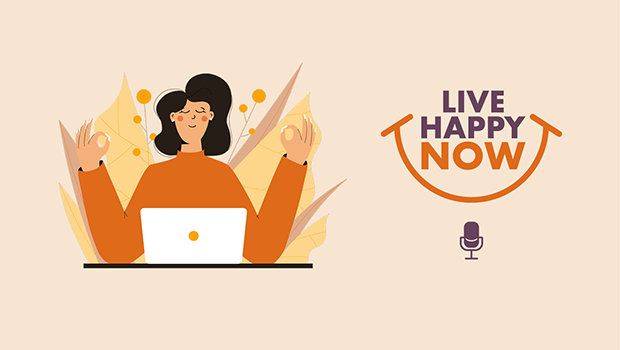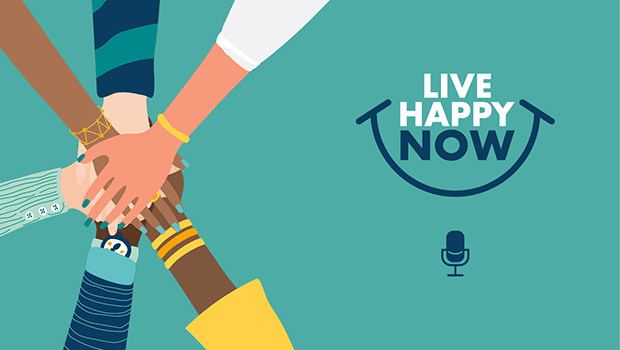Bring awareness to your attention and become the CEO of your mind.
For nearly two decades, businesses have zeroed in on the stunting effect of today’s focus- starved brains. The statistics are stunning. A recent PayScale survey reported that 56% of college grads do not pay attention to detail at work. The cost of error is equally as staggering. Companies in the United States pay a whopping $650 billion per year for errors attributed to employee distraction. That doesn’t even cover the full extent of the inattention problem to organizations. Employees with high-quality attention skills have become a commodity. But I promise you, this attention story doesn’t stop with just avoiding workplace flubs and institutional loss of monies.
The other side of the attention picture is you—do you feel like you’re crushing it? How productive, happy and fulfilled do you feel each day at work, at home or at play? You might ask what attention has to do with it. The answer may help clear up and fix a wide range of ongoing concerns. Simply put, attention is at the core of every single thing you think, feel and do.
You can vastly improve your attention skill and thus day to day living by simply knowing a little bit about what is happening in your head when you pay attention and by doing this or that to manage it. So, after nearly two decades of research and working with all kinds of groups from athletes to students, from businesspeople to retirees, I established a simple format to help individuals accomplish this. I laid this format out in my newest book, The 12 Rules of Attention: How to Avoid Screw-Ups, Free Up Headspace, Do More, and Be More at Work.
What is This Thing We Call Attention?
Attention is an ultra-sophisticated fetching system targeting a piece of information, bringing it into your working memory and connecting it to other information you have stored there to create processes to accomplish tasks.
Think of it this way. Within every daily experience, your mind creates a quick picture of what is going on. It sends out "scouts" (neurons talking to other neurons) into your memories of similar experiences that then come back and "report" feelings, beliefs and behavioral options you paid attention to in the past, as well as those you engaged and those you dismissed. This information gathering process occurs under your radar, deep in the catacombs of your brain. What's more, it all happens in just milliseconds. As such, it is unconscious to you.
Your mind generates several behavioral possibilities and, in the end, you act out one of them. From our perspective, we "just do it," unaware of all that has happened subconsciously to get us there. If you’re thinking that sounds rather robotic, it is. For better or worse, it’s the way we are made, and most of the decisions we make all day come about this way. These remarkable automatic, high-speed brain circuits driving our behaviors have a plethora of creative uses, as well as other virtues you can take advantage of. On the other hand, they can trigger high-speed trouble you should avoid but all too often you wind repeating. The more you learn to regulate them, the more you will use them to generate daily interactions and eliminate the proverbial bummers.
Psychologists believe that as much as 96% of our behavior may be decided by these automatic circuits—as I said, sometimes regrettably so. For example, have you ever witnessed someone just beginning to speak at a meeting and a colleague is already shaking his head "no" (automatically) disagreeing without even realizing he is doing so—before he is even sure where the discussion is headed? Have you ever read an important document over and over and still miss a significant error that is staring you in the face? A colleague of mine once walked into a room on his first day of classes and started teaching a class that was not his own—not even the same subject. He was in Room 306 alright, but the wrong building. Those kinds of flubs, which we all make, sometimes leave you wondering what's going on "upstairs."
These are all examples of little slip-ups in our attentional machinery sparked by automatic circuits. But we have all experienced more serious ones. On the other hand, you use the same mental network to perfect your golf swing, a favorite riff on the guitar or use language at work that others can easily and congenially connect with.
How to Begin Your Attention Awareness
Pay attention to how you are paying attention—Rule #1 in my book. If you only do one thing, do this. Just step back for a moment when you are about to engage in something important and make yourself aware of whether your attention is strong, wavering, scattered or weak.
If your attention span is good, by all means, proceed. If not, you can use any of several utilize energy building techniques to increase your mental acuity. I provide several fun ways in my book. For relief now, however, consider this: it's better to take a break and build your energy than trudge through increasing the possibility of error. Practicing this one rule can be a game-changer. You are stepping into the 96% world of automatized behaviors and in a sense becoming the CEO of your own mind. You are deciding for yourself what is best for you in the moment. This tiny tweak will improve your game considerably. Once your energy is strong, you can proceed.
Try This!
I recommend using this little brain-talk activity right before significant elements in your workday. I call it the self-scan. The self-scan identifies details that should be within your attentional spotlight, keeps you from being overwhelmed by unnecessary information and prevents vital attentional circuits from shutting down and dulling your attentional lamp. It helps you inventory what’s happening in your head when you are paying attention and what’s not.
Start by taking a nice slow breath and relaxing. Think of your attention as a spotlight. Select where you will aim it. Next, ask yourself these questions:
- Where am I at this moment?
- What am I trying to do?
- What should I be trying to do in this situation?
- What do others think I should be doing in this situation?
- What are the demands of my environment (e.g., distracters that need to be avoided, a large room that requires the need to listen more closely to hear, etc.)?
- What have I done in similar situations in the past?
- Do I want to do anything differently?
- If so, how?
Finally, proceed.
It All Adds Up
There are eleven other rules I lay out in my book, such as learning to squash unrelated information vying for your attention, managing what you don't see if it has an effect on your goals and knowing how to use your in-a-glance mental capacity to catch more desired detail and several others as well.















